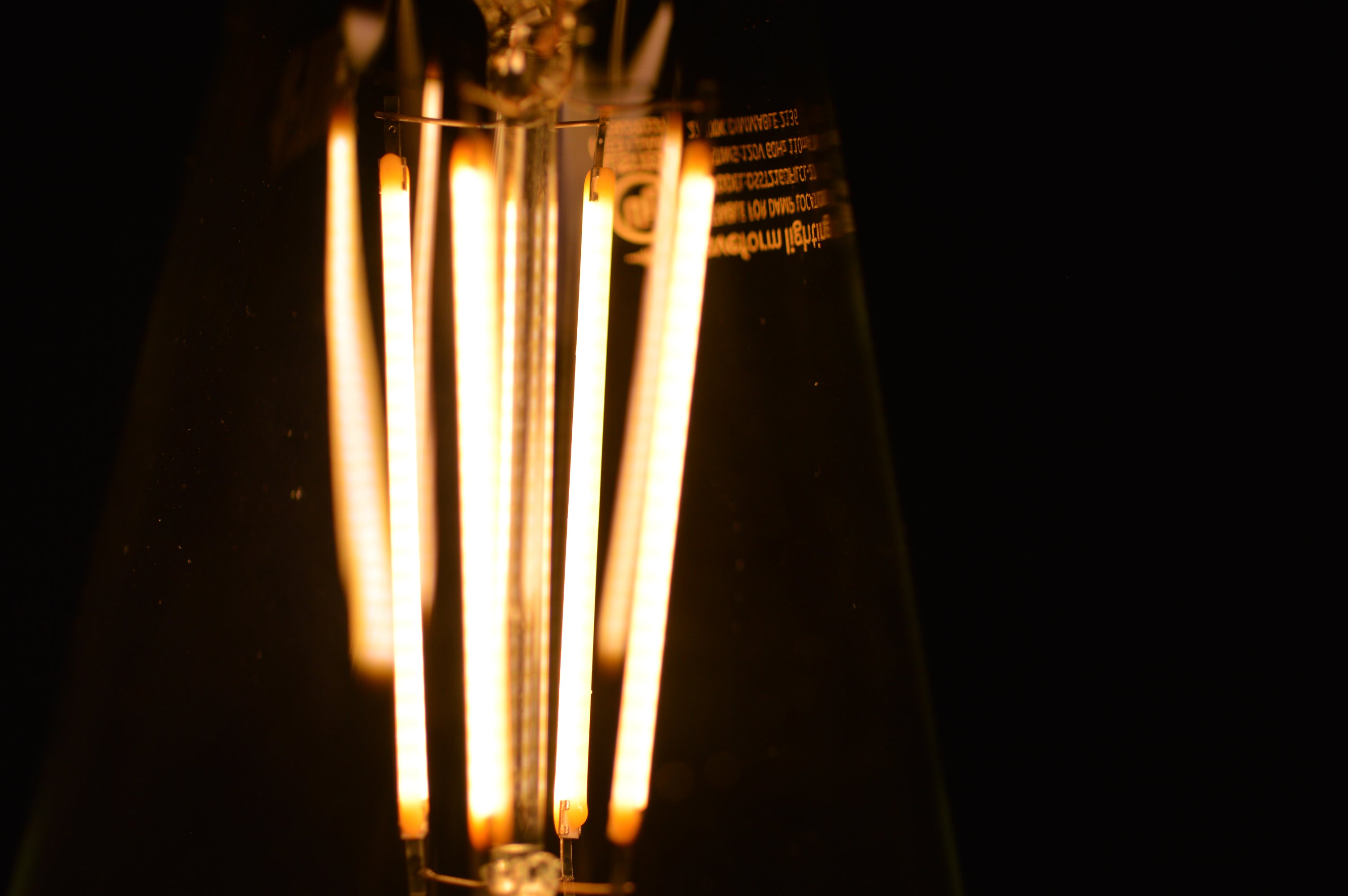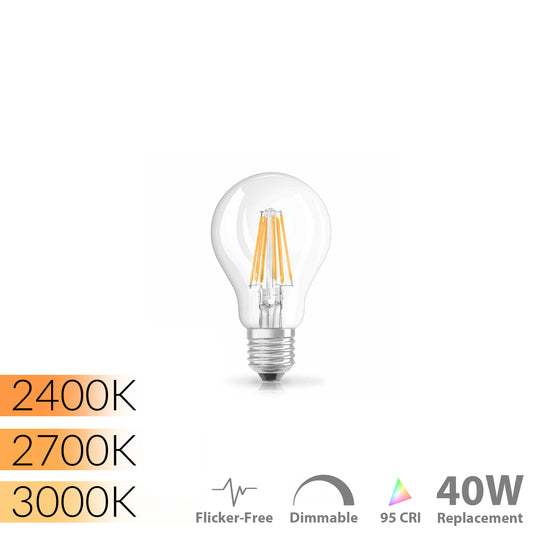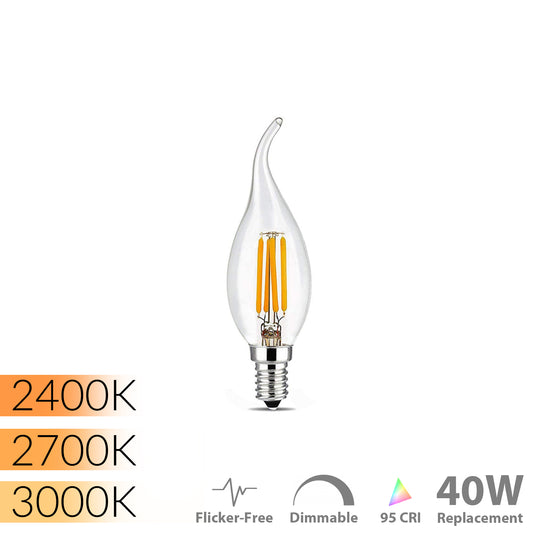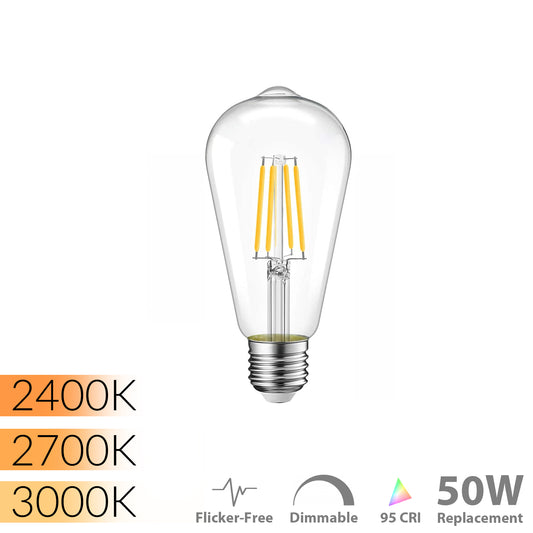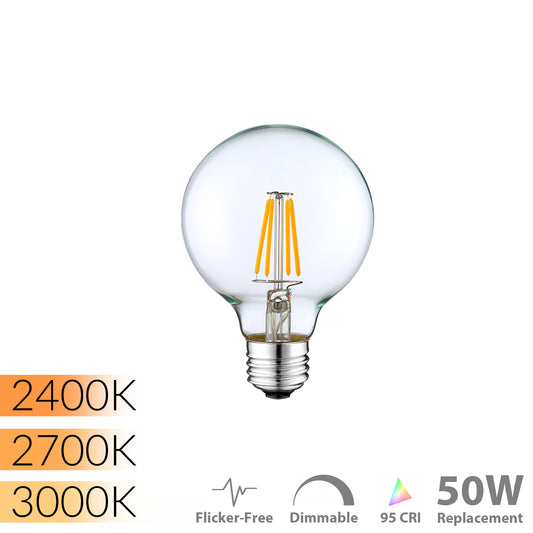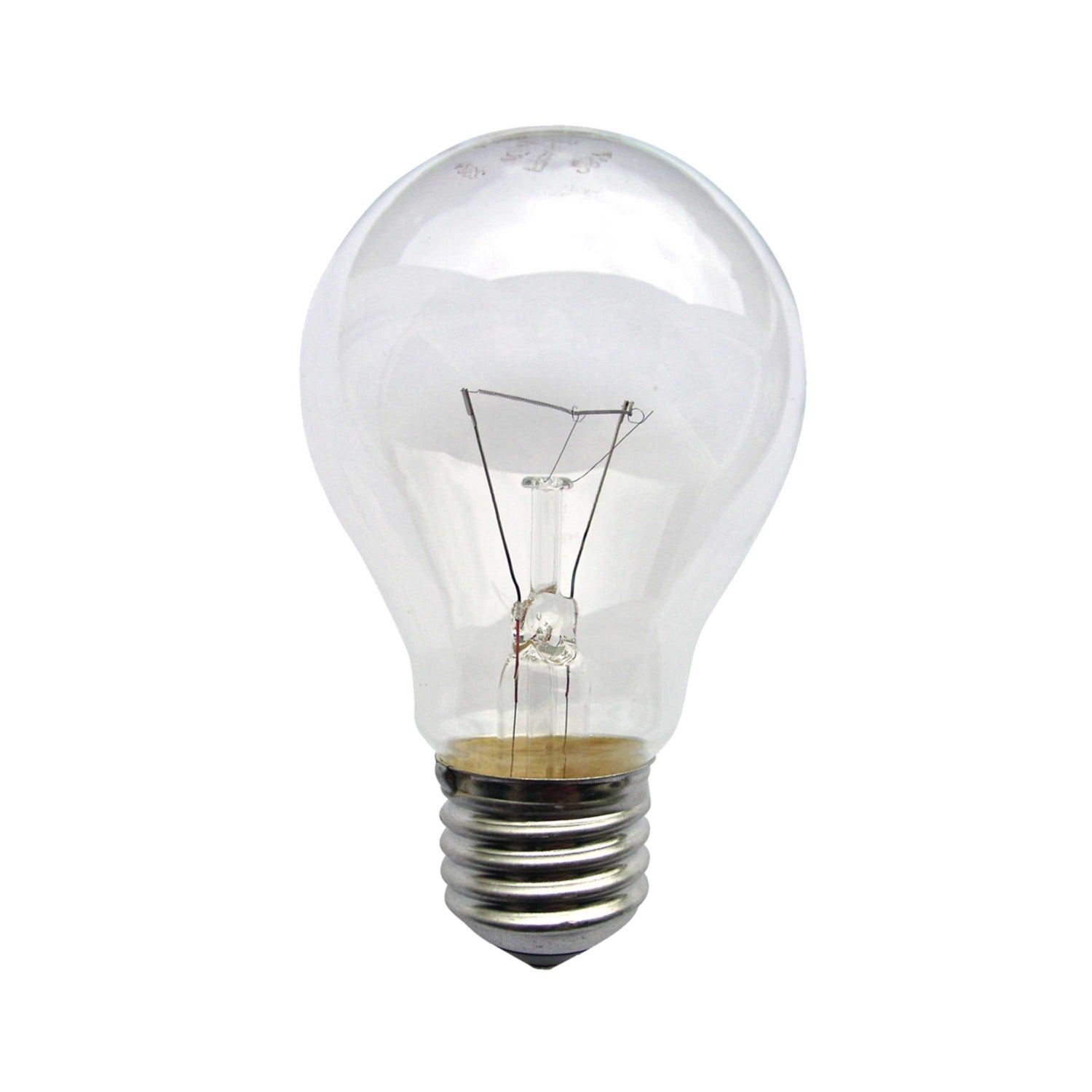
The End of an Era
The phase-out of incandescent light bulbs continues across the world at a rapid pace. Whether due to government regulations or economics, manufacturers and retailers have begun to exclusively offer LED bulbs instead.
While the energy savings and longevity benefits of LED lighting are indisputable, what about the quality of the light?
There's so much more to lighting than just energy consumption and lamp lifetime, but unfortunately this fact is often overlooked by legislators and lighting manufacturers alike.
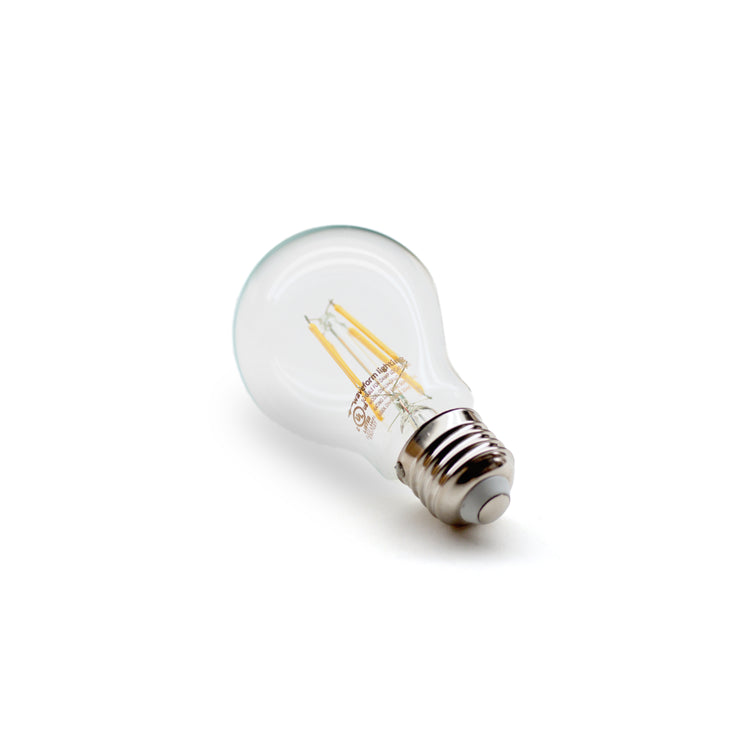
Can LED bulbs truly replace incandescent bulbs?
In recent years, incandescent bulbs have received a lot of negative press due to their low efficiency and the push to reduce electricity consumption.
From a light quality perspective, however, incandescent light bulbs are superior to standard LED bulbs in every aspect, including color rendering, dimming, light distribution and flicker.
Is there no way to achieve incandescent light quality in an LED bulb?
Waveform Lighting's ModernVintage™ series of LED light bulbs is the industry's first LED product line that meets or exceeds the light quality performance of incandescent bulbs - a true replacement with the added bonus of energy savings and longevity of modern LED technology!
Light Spectrum & Color Rendering
A light source's spectral distribution is the fundamental characteristic that determines its light color and appearance of colored objects under the light source.
An incandescent light bulb has a complete and perfect spectrum, which allows for objects to appear natural and vivid, even under a warm and relaxing color tone. Most LED bulb manufacturers, however, do not place importance on the light spectrum, resulting in LED bulbs that cast a dull, yellow light, making it difficult to appreciate and distinguish colors among different objects.
Below is a comparison of incandescent, our ModernVintage™ and standard LED bulbs and their light spectra and color rendering.
-

Incandescent - 100 CRI
Incandescent bulbs have, by definition, perfect color rendering, and this is reflected by its 100 CRI rating. CRI calculations use the incandescent light bulb spectrum as the benchmark standard which all other light sources are compared against. In other words, it is simply not possible to exceed the color rendering quality of incandescent bulbs.
-

ModernVintage™ LED - 95 CRI
The ModernVintage™ line of LED bulbs utilize a special blend of green and long-wavelength red phosphor to achieve a light spectrum that very closely approximates the incandescent bulb spectrum. The 95 CRI rating indicates that objects' colors appear nearly the same as they do under incandescent lighting.
-
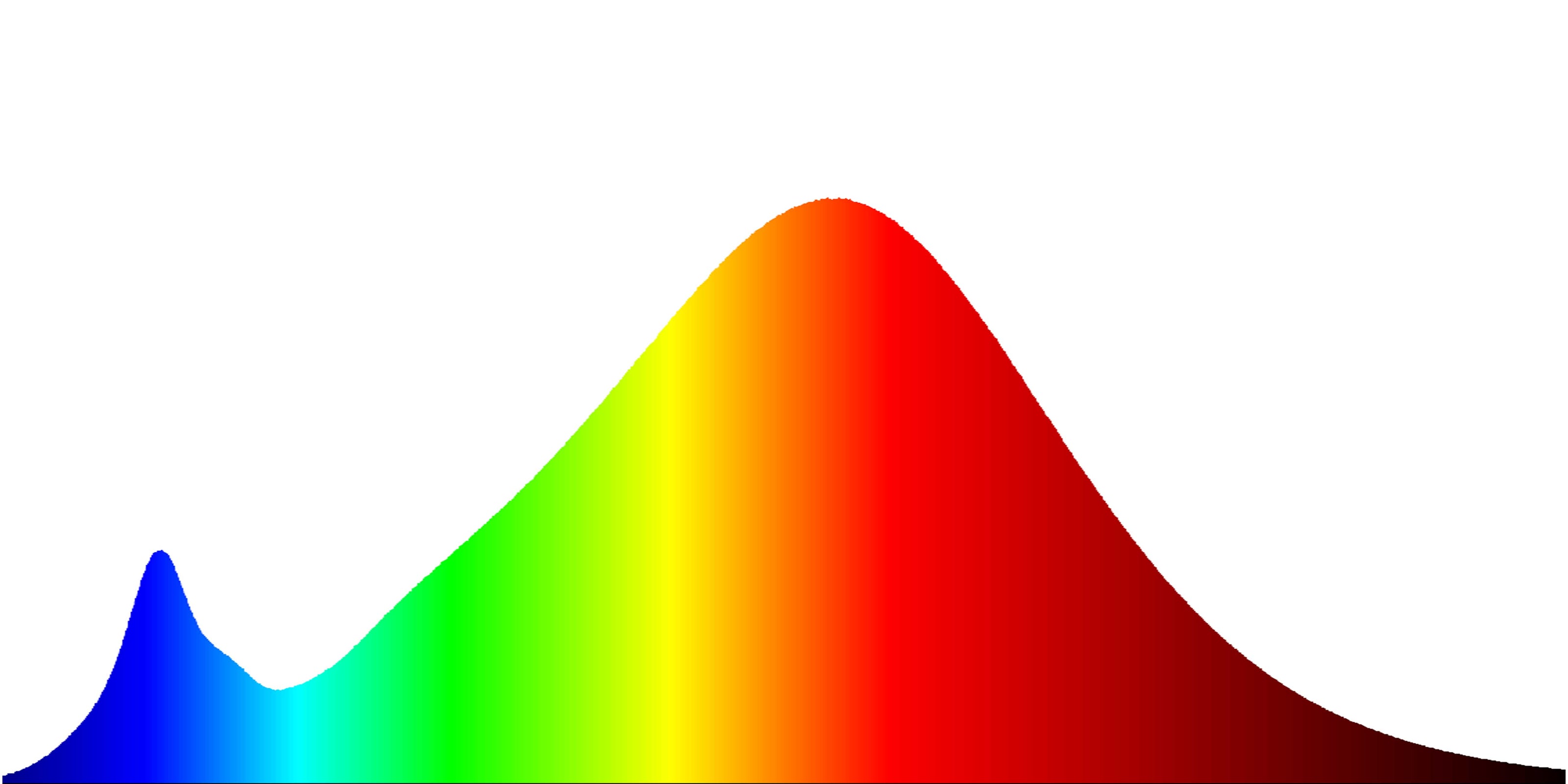
Standard LED - 80 CRI
Standard LED products utilize a single amber phosphor that produces a yellowish white light that may look similar to incandescent lighting at first. A closer look at the light spectrum and its CRI rating, however, quickly reveals deficiencies in the deep amber and red wavelength regions that result in objects appearing dull and washed out with a yellow cast.
Color Temperature
A light source's color temperature (typically abbreviated as CCT, correlated color temperature) indicates what shade of white a light source emits. A lower color temperature indicates a warmer, more orange-red glow, while a higher color temperature indicates a crisper, whiter shade of white. In residential settings, a color temperature higher than 3000K may appear too stark or harsh.
Traditional incandescent light bulbs almost always emit a 2700K color temperature. With the introduction of new LED lighting technologies, however, a wide variety of color temperature options are now available. This can make purchasing a bit trickier, as replicating the classic light output of an incandescent bulb requires electing the correct color temperature option.
Below is a comparison of incandescent, our ModernVintage™ and standard LED bulbs and their color temperatures.
-

Incandescent - 2700K
Incandescent bulbs owe their classic warm white color to the fact that the metallic filament in inside the glass heats up to a temperature of 2700 degrees Kelvin. By maintaining a basic level of quality control over the thickness of the metallic filament inside the glass bulb, incandescent bulbs with consistent light color of 2700K can be manufactured easily.
-
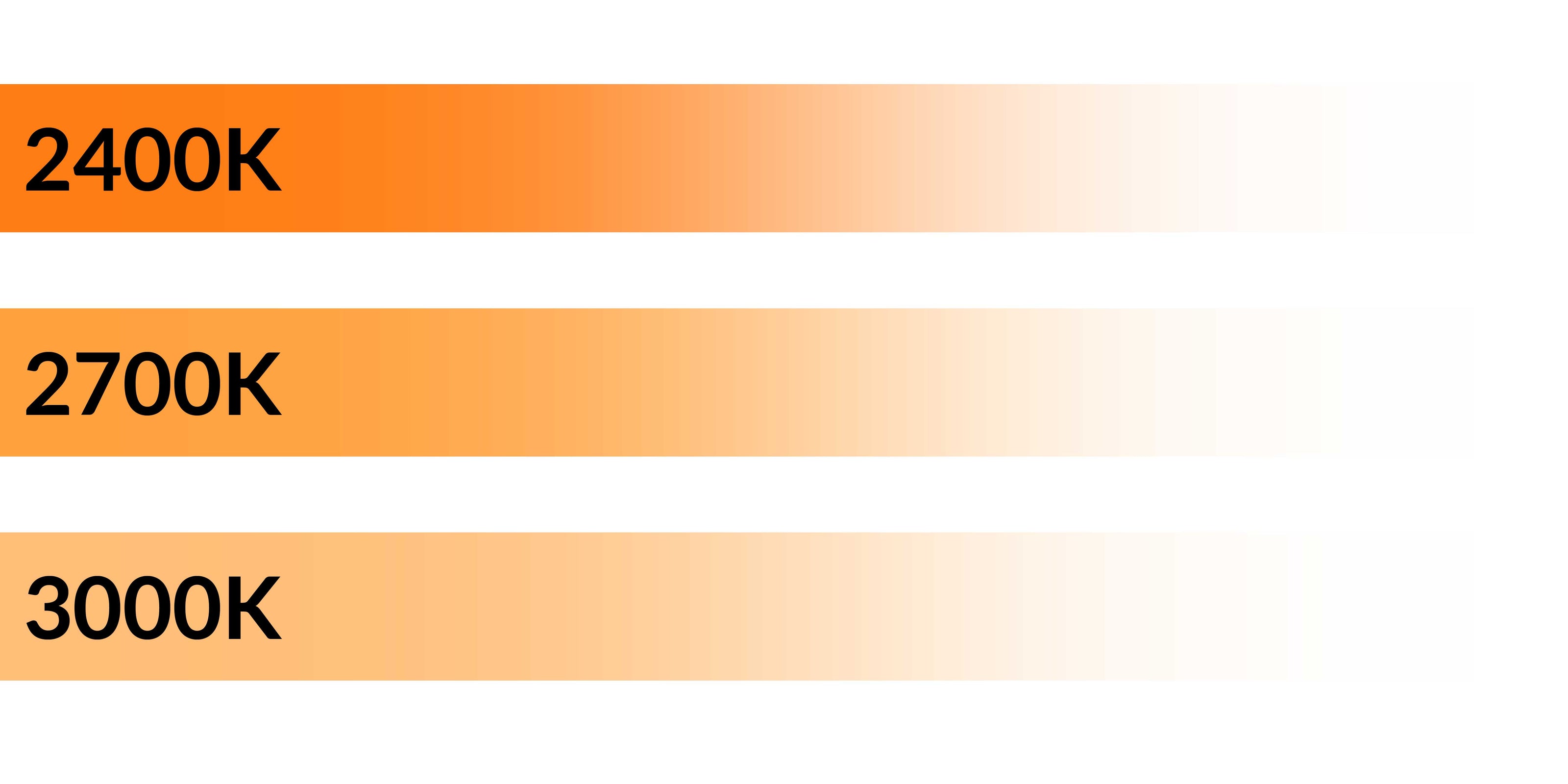
ModernVintage™ - 2400K, 2700K or 3000K with a ±75K tolerance
ModernVintage™ LED products are available in a wider range of color temperatures. Additionally, unlike incandescent bulbs and their metallic filaments, the color temperature of an LED requires far more technical expertise and manufacturing precision. Our ModernVintage™ LED products utilize a strict binning process where color temperature tolerances are tightly controlled, allowing for only a ±75K deviation across LED bulbs.
-

Standard LED - 2700K with a ±150K tolerance
Standard LED bulbs are typically offered with a color temperature rating of 2700K, but for cost and manufacturing yield reasons, the actual color temperature range may be as wide as the ANSI-approved ±150K. This translates to a potential 300K in color temperature difference between two light bulbs of the exact same model number, which can be problematic where light consistency and uniformity matter.
Flicker Performance
Virtually all household light bulbs utilize AC (alternating current) to operate. As its name suggests, alternating current switches direction 50-60 times per second, which results in a momentary loss of electrical current 100-120 times per second. Depending on the light bulb technology and design, this can result in a rapid and repeated fluctuation of light output that is typically not directly observable, but may cause issues with eye strain, headaches and fatigue.
The flicker percentage metric provides a quick and simple way to evaluate the amount of flicker a light source emits. A flicker rate of 5%, for example, suggests that the light only fluctuates in brightness by 5% or so, while a flicker rate of 100% indicates a light source that turns on and shuts off completely many times per second, not unlike a strobe light.
Below is a comparison of incandescent, our ModernVintage™ and standard LED bulbs and their flicker performance.
-

Incandescent - 15-30%
Incandescent bulbs operate directly on AC line voltage without any filtering, and as a result, typically have a flicker rate of 15-30%. This relatively low flicker rate typically does not cause any noticeable issues or symptoms for the general population. Despite the rudimentary design of an incandescent bulb, the flicker is relatively controlled as the metallic filament remains hot during the momentary drop in current, allowing the bulb to continue emitting light until the electrical current returns during the next AC wave cycle.
-

ModernVintage™ - <5%
ModernVintage™ LED bulbs convert the incoming AC wave into a smooth, DC wave before the electrical current travels to the LED emitters. As a result, the less than 5% flicker performance actually exceeds the flicker performance of an incandescent bulb.
-

Standard LED - 30-100%
Standard LED bulbs also convert the incoming AC wave to a DC current, but the AC signal is neither smoothed nor filtered for cost and efficiency purposes. As a result, many LED bulbs on the market emit light with flicker exceeding 30% and sometimes reaching 100%. A flicker rate of 100% indicates that the light completely switches on and off at a rapid rate, similar to a strobe light but at a high frequency.
Browse ModernVintage™ LED Products
-
ModernVintage™ 95 CRI A19 5W LED Filament Bulb
Regular price From $14.99 USDRegular priceUnit price per -
ModernVintage™ 95 CRI Candelabra LED Filament Bulb for Home & Residential
Regular price From $14.99 USDRegular priceUnit price per -
ModernVintage™ 95 CRI ST21 LED Filament Bulb for Home & Residential
Regular price From $17.99 USDRegular priceUnit price per -
ModernVintage™ 95 CRI G25 LED Filament Bulb for Home & Residential
Regular price From $17.99 USDRegular priceUnit price per


